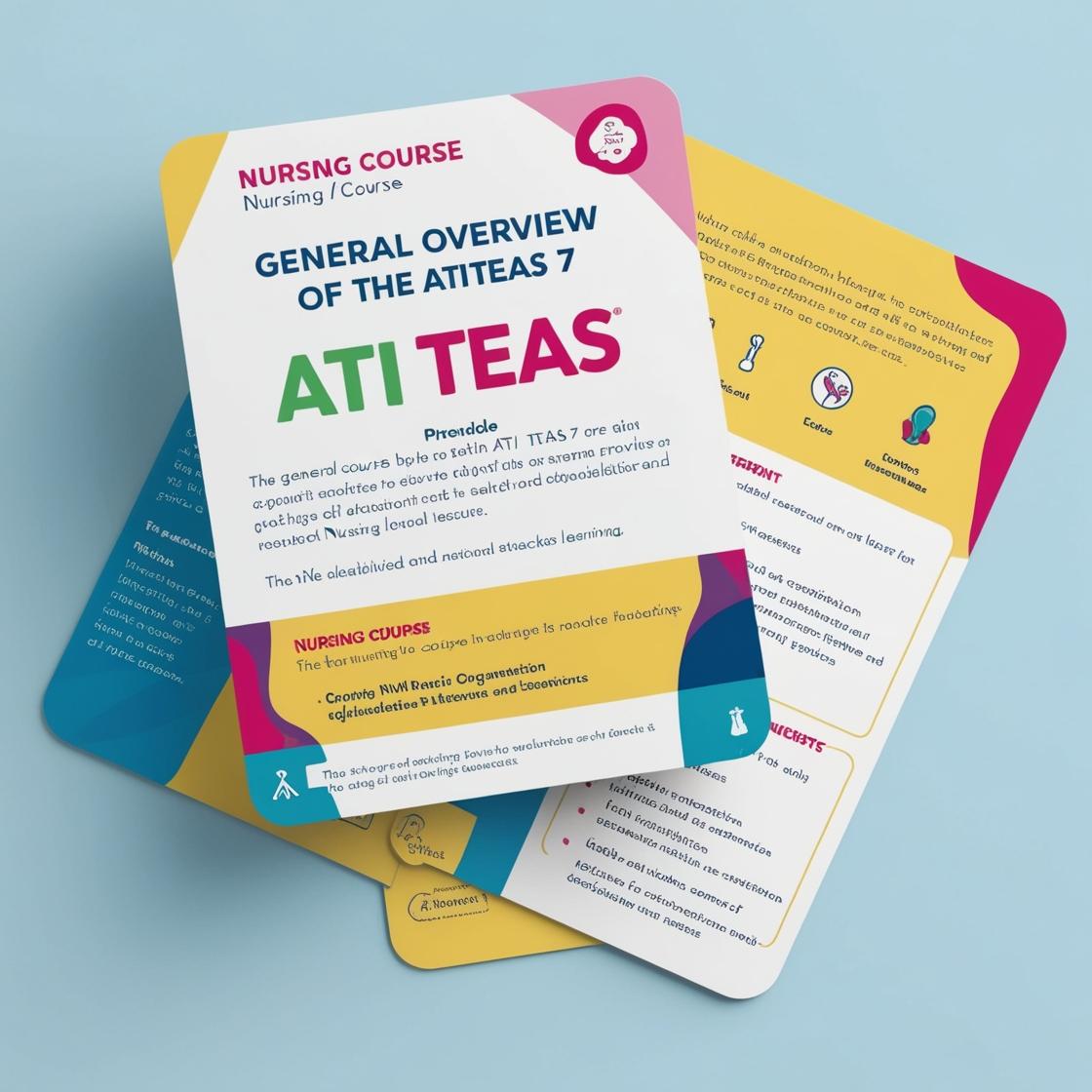ATI TEAS 7
TEAS 7 science practice
1. The Gram stain is a differential staining technique used to classify bacteria based on their cell wall composition. Gram-positive bacteria appear
- A. Pink
- B. Blue
- C. Red
- D. Purple
Correct answer: D
Rationale: The Gram stain is a differential staining technique that categorizes bacteria into two groups based on their cell wall composition: Gram-positive and Gram-negative. Gram-positive bacteria have a thick layer of peptidoglycan in their cell walls, which retains the crystal violet stain used in the Gram staining procedure. Consequently, Gram-positive bacteria appear purple under the microscope after staining. On the other hand, Gram-negative bacteria possess a thinner peptidoglycan layer and an outer membrane that can be penetrated by the counterstain safranin, leading them to appear pink or red. Blue is not typically used to describe the color of bacteria in a Gram stain, making it an incorrect choice.
2. What is the primary difference between ionic and metallic bonding?
- A. Ionic bonds involve electron transfer, while metallic bonds involve electron sharing.
- B. Ionic bonds are weak and directional, while metallic bonds are strong and non-directional.
- C. Ionic bonds exist between metals and non-metals, while metallic bonds exist only between metals.
- D. Ionic bonds form discrete molecules, while metallic bonds form extended structures.
Correct answer: B
Rationale: Ionic bonds involve electron transfer, where one atom completely donates an electron to another, resulting in discrete molecules. On the other hand, metallic bonds are non-directional and strong, formed by a 'sea' of delocalized electrons shared among all metal atoms. This shared electron cloud allows for strong bonding throughout the entire material, making metallic bonds non-directional and strong compared to the directional and weaker nature of ionic bonds. Choice A is incorrect because metallic bonds do not involve electron sharing but rather the sharing of a sea of delocalized electrons. Choice C is incorrect as metallic bonds can also exist between metal atoms, not just between metals and non-metals. Choice D is incorrect because metallic bonds do not form discrete molecules but rather extended structures due to the sharing of electrons among all metal atoms.
3. What is the definition of work in physics?
- A. Force applied to an object at rest
- B. Force exerted by an object in motion
- C. Transfer of energy through motion along a direction
- D. Measure of an object's potential energy
Correct answer: C
Rationale: In physics, work is defined as the transfer of energy through motion along a direction. When a force is applied to an object, and the object moves in the direction of the force, work is done on the object. The work done is calculated as the force applied multiplied by the distance the object moves in the direction of the force. Choices A and B do not fully capture the essence of work, as work is about energy transfer through motion, not merely applying force to objects at rest or in motion. Choice D is incorrect as work is not a measure of an object's potential energy; rather, it is the transfer of energy through motion.
4. What is the process by which one element changes into another through radioactive decay known as?
- A. Transmutation
- B. Fission
- C. Fusion
- D. Oxidation
Correct answer: A
Rationale: The correct answer is A: Transmutation. Transmutation is the correct term to describe the process by which one element changes into another element through radioactive decay. In transmutation, the atomic structure of the element is altered, leading to a change in the element's identity. Choice B, Fission, refers to the splitting of a heavy nucleus into lighter nuclei. Choice C, Fusion, involves the merging of lighter nuclei to form a heavier nucleus. Choice D, Oxidation, is not related to the process of one element changing into another through radioactive decay.
5. What is the net force acting on a car traveling at a constant speed on a straight road?
- A. A force equal to its weight pushing upwards
- B. A force equal to its weight pushing downwards
- C. A force equal to its engine power pushing forward
- D. No net force
Correct answer: D
Rationale: When a car is traveling at a constant speed on a straight road, it indicates that the forces acting on the car are balanced. In this scenario, there is no acceleration or deceleration, meaning the net force on the car is zero. If there was a net force present, it would cause the car to either accelerate or decelerate. Choices A, B, and C are incorrect because in a situation where a car is moving at a constant speed, the forces are balanced, and there is no unbalanced force acting in any specific direction.
Similar Questions

Access More Features
ATI TEAS Premium Plus
$150/ 90 days
- Actual ATI TEAS 7 Questions
- 3,000 questions with answers
- 90 days access
ATI TEAS Basic
$99/ 30 days
- 3,000 Questions with answers
- 30 days access
